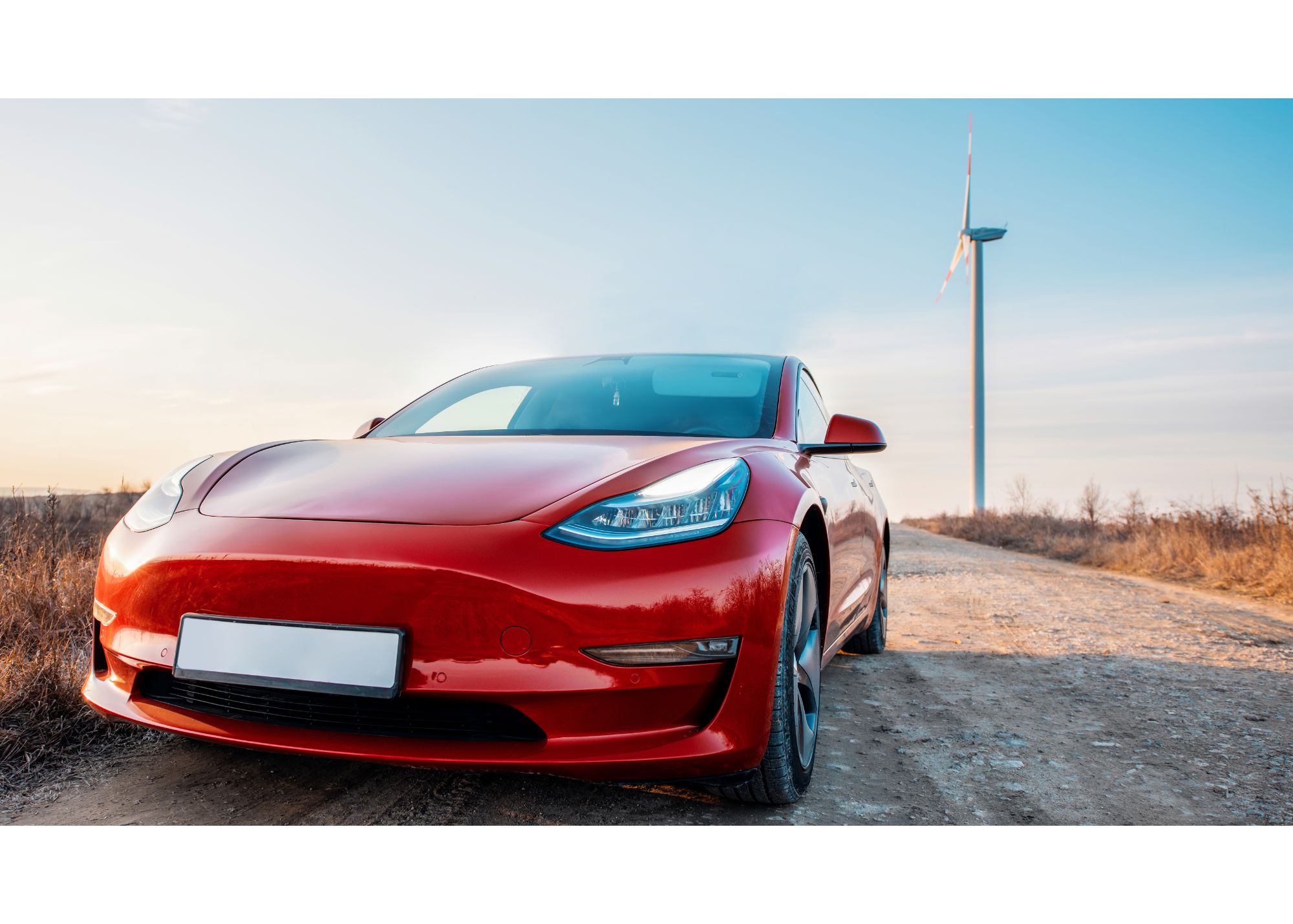Spotlight: Why Tesla Crushes Competitors
“Tesla is nothing more than a car company.” That’s the line skeptics used to repeat when trying to downplay the firm’s valuation.
“How could a car company be worth nearly a trillion dollars? And why would a single car manufacturer be valued at almost as much as the sum total of all other car makers combined?”
As time went by, the story became more apparent. Tesla was no ordinary car producer, it did have a special sauce, and it’s evident in the numbers.
Key Points
- Tesla outperforms peers with a gross margin of 19.8%, over double that of Ford and 30% higher than GM, indicating higher efficiency and innovation.
- Musk’s firm has a ROIC of 16.8%, significantly surpassing the market average and dwarfing GM’s 4.7% and Ford’s 4.5%, highlighting a stronger competitive edge.
- Tesla’s revenue growth stands at 28.1%, with operating income nearly double that of Ford, showcasing greater business efficiency despite lower revenues.
What Makes Tesla Different
When you pop the hood on Tesla’s financials, you see just how different the company is versus its peers. Tesla reported a gross margin of 19.8% in the last quarter which trumps century-old Ford by a factor of more than 2x. General Motors shows more promise at 12.3% but even it sits approximately 30% lower.
On all sorts of key metrics, Tesla eclipses its peers and sector averages. Take the #1 metric as a proxy for moat, return on invested capital. There, Tesla enjoys a 16.8% ROIC, which puts it about 60%+ above the market average. By way of contrast, GM sits at 4.7% and Ford a paltry 4.5% too.
Over the past twelve months, Tesla’s top line revenue growth has impressed too, reporting 28.1% versus 14.8% for Ford and 16.8% for General Motors.
What about profitability? How is Tesla doing there relative to its arch-rivals? Tesla earned $11.0 billion of operating income on $95.9 billion in sales while General Motors reported $11.7 billion on $171.9 billion in sales. How did Ford do? Just $6.8 billion of operating income on $174 billion in sales.
So Ford has the highest revenue figure and the lowest operating income. Tesla has the lowest revenue figure and almost twice the operating income of Ford.
What separates Tesla from the pack is its business model, so let’s spotlight what that is.
Tesla Has a Much Better Model
While most other car manufacturers are hardware-first businesses, Tesla is decidedly a software-first enterprise. It’s better to think of Tesla more akin to Apple in that it leads product launches with a hardware device but the software and user experience is what distinguishes the company from its rivals.
Tesla has been able to build multiple revenue streams where other car manufacturers are stuck primarily on a “sell the car only” model. For example, Tesla can charge for software, such as FSD, in addition to the cost of the car. Plus, Tesla can commercialize the charging process.
The biggest challenge that rivals have is that they are playing catch up on the software development. Whereas Tesla began as a software-first focused company, rivals have had to re-tool entirely to migrate to the more disruptive model Tesla spearheaded.
Right now, the most bullish forecast for Tesla has $380 per share on it. If that materializes, Tesla will re-capture its trillion dollar status and then some. A 10-year discounted cash flow forecast analysis suggests $235 per share is fair value but anyone who has been following the firm for some can expect Tesla to surprise to the upside.



